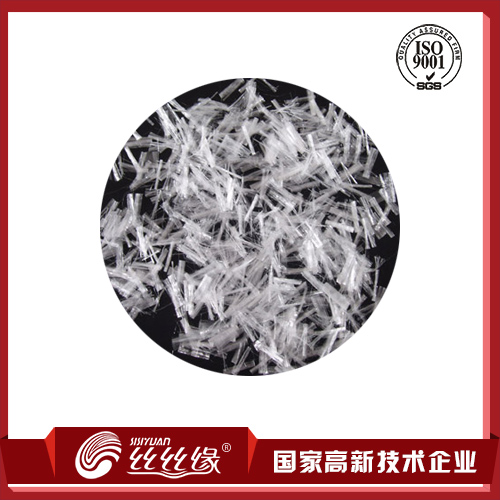
Manufacturing is the mainstay of the national economy and the key to promoting high-quality economic development. At present, China's manufacturing innovation capability is not strong enough. The key core technologies are highly dependent on foreign countries. The technology innovation system with enterprises as the main body is still not perfect. It must rely on innovation to promote better transformation and upgrading of the industry. The main goal of transforming and upgrading the manufacturing industry and occupying the commanding heights of international competition should be to promote the transformation of the manufacturing industry to high-end, brand and green through technological innovation, product innovation, business model innovation, business innovation, brand innovation and management innovation. To enhance the overall efficiency and comprehensive competitiveness of the industry.
◢ Focus on new trends in industrial change
Production mode intelligent organization mode network industrial chain service production process green
With the new round of scientific and technological revolution and industrial reforms, some developed countries have proposed a strategic layout centered on revitalizing the manufacturing industry. The global manufacturing structure has undergone profound changes, and brought manufacturing technology systems, production models, and organizational forms. The major changes, the global manufacturing industry has presented new trends such as intelligence, networking, service, and green.
First, the production method is more intelligent. With the development of new-generation information technologies such as “big things moving to the cloud” and the general improvement of information technology, digital technology, network technology and intelligent technology are increasingly integrated into the whole process of product development, design and manufacturing, and promote major changes in product production methods. . Major developed countries and multinational companies have taken smart manufacturing as the main direction of new round of development. Some multinational companies have also increased their investment in intelligent transformation and advanced robot research and development. Traditional manufacturing has accelerated to artificial intelligence, robotics and digital manufacturing. Transforming the core of smart manufacturing.
Second, the organization is increasingly networked. The popularization of the new generation of information technology, especially the application development of the Internet, has brought about major changes in the manufacturing methods of the manufacturing industry. It has also promoted the innovation of the organizational processes and management models of manufacturing enterprises. The internal organization flattened and the resource allocation globalization became manufacturing. A new way for companies to cultivate competitive advantage. At the same time, network innovation, crowdsourcing, crowdfunding, online and offline interaction, etc., can bring together global innovation resources to provide production R&D services for enterprises, and network collaborative innovation is in the ascendant.
Third, the trend of industrial chain service is obvious. With the deepening of the integration of manufacturing and service industries, serviceization has become an important force leading the upgrading of manufacturing industry and achieving sustainable development. It is one of the important signs that the manufacturing industry is moving towards the middle and high end. Service-oriented manufacturing is becoming a new industry form, driving manufacturing companies to change from single product providers to products and total solution providers. The focus of the industry value chain is from production to R&D design, product sales, brand promotion and after-sales service. The transfer will promote the rapid development of new formats and new models such as life cycle management, total integration general contracting, and e-commerce. The main business of many well-known multinational companies has realized the transformation from traditional manufacturing to manufacturing services.
Fourth, the production process is accelerating green. With the contradiction between the development of manufacturing industry and the constraints of resources and environment, in order to achieve efficient use of resources and energy and environmental protection, major developed countries have proposed green transformation strategies and concepts, and cleaner production processes such as “green manufacturing” have become increasingly popular. The industries such as environmental protection, new energy and remanufacturing have developed rapidly and become an important means for developed countries to reshape their manufacturing competitiveness.
◢Respond to new challenges in industrial development
The contradiction of overcapacity highlights the lack of key core technologies. The traditional comparative advantage weakens the transformation and upgrade.
After 40 years of rapid reform and opening up, China has become the world's second largest economy and the largest industrial country, forming a complete, independent and complete industrial system, with a large scale, participating in international sub-projects, and manufacturing in the world. It plays an important role. At present, China's manufacturing industry is the largest in the world in terms of scale, structural adjustment has achieved remarkable results, and competitiveness and innovation capabilities have also improved significantly.
First, insufficient effective demand, overcapacity contradictions are prominent, product supply can not fully adapt to the needs of upgrading consumption structure, need to improve the supply side's adaptability and flexibility to the upgrading of consumption structure; second, the problem of "big but not strong" is prominent, some industries The key core technologies in the field are lacking, and the product quality is not high. Third, the traditional comparative advantages are weakened, the cost is high, the resource and environment constraints are tightened, and the institutional mechanisms are constrained. The fourth is that the industry is moving toward the middle and high-end and is “re-industrialized” and emerging by developed countries. The two sides of the economy's "diversion" squeeze, the difficulty of transformation and upgrading of the manufacturing industry is increasing.







